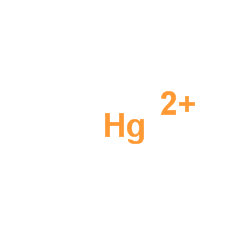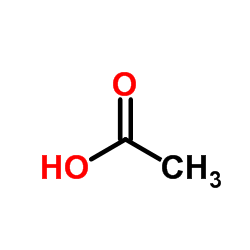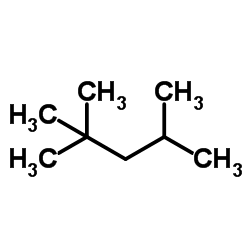| Structure | Name/CAS No. | Articles |
|---|---|---|
 |
Hydrochloric acid
CAS:7647-01-0 |
|
 |
Sodium hydroxide
CAS:1310-73-2 |
|
 |
Methanol
CAS:67-56-1 |
|
 |
Potassium hydroxide
CAS:1310-58-3 |
|
 |
Dichloromethane
CAS:75-09-2 |
|
 |
3-Ethyl-2,4-pentanedione
CAS:1540-34-7 |
|
 |
mercury(II) cation
CAS:7439-97-6 |
|
 |
acetic acid
CAS:64-19-7 |
|
 |
Bromine
CAS:7726-95-6 |
|
 |
2,2,4-Trimethylpentane
CAS:540-84-1 |